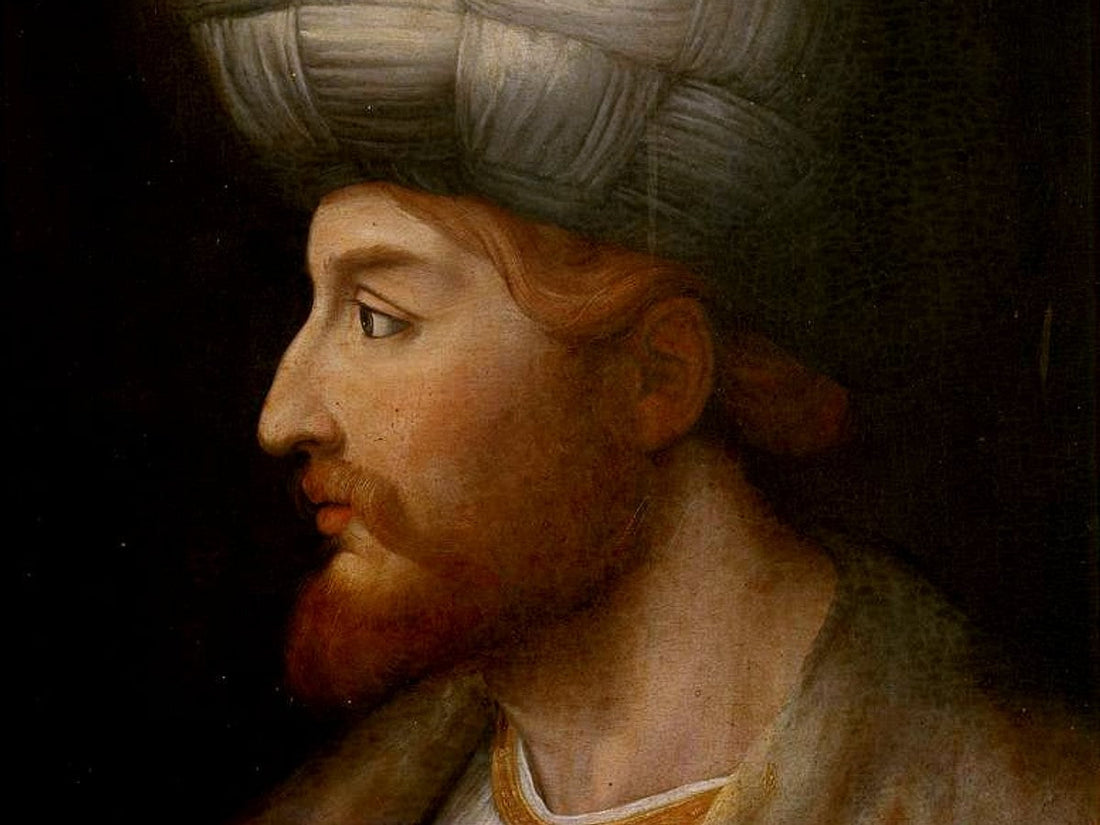Introduction
In the annals of Middle Eastern history, few figures are as significant as Shah Ismail I, the founder of the Safavid Empire. Born in the late 15th century, Ismail was not only a brilliant military leader but also a pivotal figure in shaping the religious and cultural landscape of Persia. His Kurdish roots and profound influence on the region make him a fascinating subject of study. This blog post delves into the life, achievements, and legacy of Shah Ismail I, highlighting his contributions to both Kurdish identity and the broader history of Iran.
Early Life and Background
Shah Ismail I was born in 1487 in the city of Ardabil, located in present-day Iran. He belonged to the Safavid dynasty, which had its origins in a Sufi religious order. His ancestry can be traced back to Kurdish roots, and his lineage played a vital role in shaping his identity. Growing up in a tumultuous period marked by political fragmentation, Ismail was exposed to the complexities of leadership and governance from an early age.
By the time he was a teenager, Ismail had already begun to rally support among various tribes, including the Kurds, who were drawn to his charismatic leadership and vision for a united Persian state.
Rise to Power
Ismail's ascent to power began in 1501 when he declared himself Shah after a series of successful military campaigns. He swiftly conquered Tabriz, which became the capital of his empire. His military prowess and ability to unite diverse ethnic groups were instrumental in establishing the Safavid Empire, which would last for over two centuries.
One of Ismail's key strategies was to forge alliances with various tribes, including the Kurds. By integrating Kurdish warriors into his army, he created a formidable force that would help him expand his territory and consolidate power. His leadership style emphasized loyalty and unity, resonating with the Kurdish people who valued strong communal ties.
Religious Impact
Shah Ismail I is perhaps best known for establishing Twelver Shiism as the state religion of the Safavid Empire. This move not only differentiated his rule from the Sunni Ottoman Empire but also played a crucial role in shaping Iranian identity. By promoting Shiism, Ismail sought to unify the diverse populations within his empire, including Kurds, Persians, and others, under a common religious framework.
His policies laid the foundation for a unique Persian identity that blended various cultural influences, including Kurdish traditions. The promotion of Shiism also facilitated the development of religious institutions, which further strengthened the ties among the different ethnic groups within the empire.
Legacy
Shah Ismail I's legacy is multifaceted. His reign marked the beginning of a significant cultural and political transformation in Persia that would influence the region for centuries. The Safavid Empire became a center of art, culture, and architecture, with Ismail fostering a renaissance of Persian literature and the arts.
For the Kurdish people, Ismail's rule is a point of pride. His ability to unite various tribes and incorporate them into a larger national identity resonates with contemporary Kurdish aspirations for recognition and autonomy. The legacy of his leadership continues to inspire Kurdish nationalism and cultural expression today.
Conclusion
Shah Ismail I remains a pivotal figure in both Kurdish and Iranian history. His military achievements, religious reforms, and cultural contributions laid the groundwork for the Safavid Empire and shaped the identity of a nation. By embracing his Kurdish roots and promoting unity among diverse ethnic groups, Ismail created a lasting legacy that continues to influence the region.
As we reflect on the life of Shah Ismail I, we are reminded of the importance of leadership, unity, and cultural identity in the face of challenges. His story is a testament to the enduring spirit of the Kurdish people and their contributions to the broader tapestry of Middle Eastern history.
